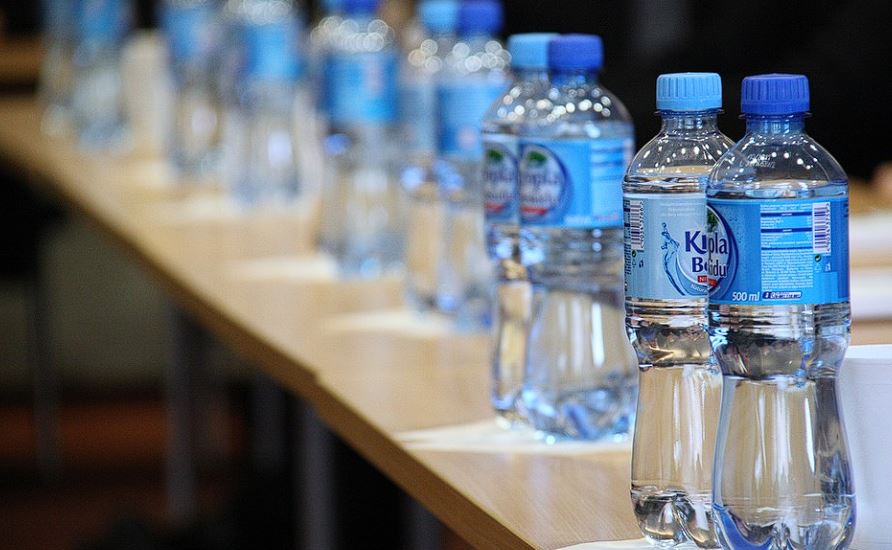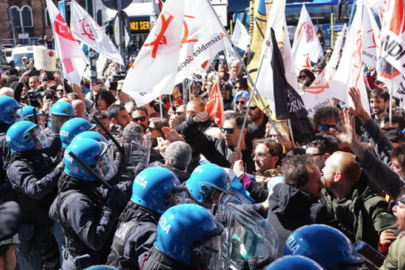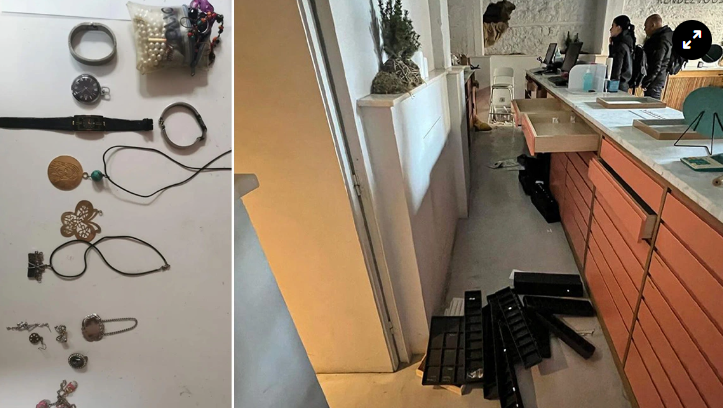Around the world, access to basic sanitation is improving, but there are still many countries where more than half of the population does not have access to a proper toilet in their own home. In 2020, these countries were located almost exclusively in Africa. Chad and Madagascar reported the lowest rates with only around 12 percent of the population having access to at least basic sanitation. Progress on the continent has been less than uniform, with North African and some Southern African countries now reaching satisfactory levels while most other nations are still far from it.
Basic sanitation is defined by the WHO as a toilet that is not shared with other households and that is connected to sewage piping, a septic or composting tank, or a pit, safely containing excrement.
On other continents, the only countries where more than half of the inhabitants did not have access to basic sanitation were Papua-New Guinea (81 percent without access), Haiti (63 percent without access), and some Pacific island nations. On today’s World Toilet Day, the world is not on track to reach the UN goal to make basic sanitation and water access available to all people by 2030. In 2020, 22 percent still lacked basic sanitation services. Additionally, 46 percent of the world’s population did not have access to proper sewage treatment despite the known adverse effects on health.
You will find more infographics at Statista





































